Florida has done well to establish itself as a large market for solar PV. The industry employed nearly 12,000 people in 2021 in the state, and it is home to 378 solar companies, the majority of which are installers and developers. In 2021, the state achieved 41% year-over-year growth in added rooftop solar capacity and surpassed 1 GW of cumulative installed rooftop solar.
Through Q2 2022, the Solar Energy Industries Association (SEIA) reports it has a cumulative 9.5 GW of capacity installed to date. This is enough electricity to power 1.1 million Florida homes.
However, for a state of over 21 million people, and one rich in sunlight, Florida could make even more strides in solar deployment with supportive policies. Currently, it has no established renewable portfolio standard and does not allow third-party power purchase agreements. These are two policies that have successfully driven solar buildout in other states.
Despite these policy shortcomings, Florida is expected to deploy significant amounts of solar at the utility-scale. SEIA projects it may install as much as 11 GW of solar over the next five years.
Incentives
Perhaps the most important policy for residential solar installations is net metering. The process allows homeowners to sell excess solar production back to the grid in exchange for bill credits. The two major utilities, Duke and FPL, both offer net metering programs.
Typically, when you add value to your home, it is reflected in your property tax assessment. But in Florida, as in many other states, residential solar installations are property tax exempt.
Solar is also sales tax exempt in Florida, as established by the CHP Sales Tax Exemption, reflecting a 6% savings.
Florida installations are also eligible for the federal solar Investment Tax Credit. The credit was recently extended under the Inflation Reduction Act of 2022 at 30% for the next decade. The tax credit applies to both solar and energy storage either combined or as standalone technologies.
Homeowners interested in learning about solar installers in their area can visit Solar Reviews for customer testimonial. The website also provides a calculator for estimating system size and expected bill savings.
Policy battles
Over the last year, a policy war was waged in Florida, under which environmentalists and rooftop solar supporters worked to block a bill that was set to phase down the value of net metering credits to near-zero. Following months of advocacy and political pressure, Governor Ron DeSantis bucked expectations and vetoed House Bill 741.
Had the bill been signed by Gov. DeSantis, starting in 2023, payments to solar customers would have regressed from a retail rate to the “avoided cost” to the utility, a minute fraction of the current retail rate. The phase out was set to slash payment rates to solar customers by 50% in four years and would drop further still to the avoided cost rate by 2029. The bill would have also allowed for fixed charges to grid connected solar customers starting in 2026, with no limit on the fixed charges outlined in the bill text.
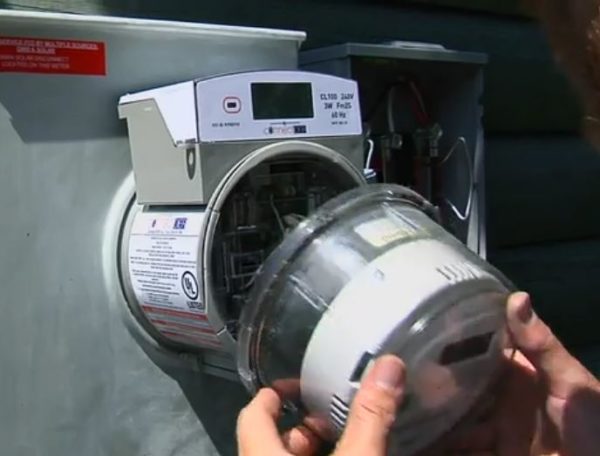
The bill was founded on “cost shift” rhetoric, claiming that those using their own energy are raising the cost of service to those who don’t, usually in an economically disproportionate fashion. However, only about 90,000 of the 8.5 million electric customers in Florida are topped with solar. The utility argues that this 1% of Floridians are creating significant costs for the other 99%. Studies completed by Lawrence Berkeley National Lab found that 40 of the 43 states and Washington D.C. with net metering programs have a negligible cost increase attributed to solar.
In his veto, DeSantis described House Bill 741 as a burden itself, one that would “contribute to the financial crunch that our citizens are experiencing.”
SEIA president Abigail Ross Hopper celebrated the outcome. “Florida is one of the fastest-growing solar markets in the country with new businesses popping up all across the state. This veto signals that Florida’s energy economy is open for business, and that the rights of state residents should be placed ahead of monopoly utility interests,” she said.
Notable project
This summer, Duke Energy Florida announced it completed construction of the Fort Green Renewable Energy Center, a 74.9 MW facility that will serve the utility’s Clean Energy Connection plan, which allows Duke customers to opt-in to sourcing a designated amount of capacity from the project on their monthly bill. The installation is the first in a 750 MW solar deployment plan by Duke.
The facility was built on about 500 acres of land, consisting of 265,000 panels mounted on a fixed-tilt racking system. At peak energy production, it is expected to produce enough power for roughly 23,000 homes.
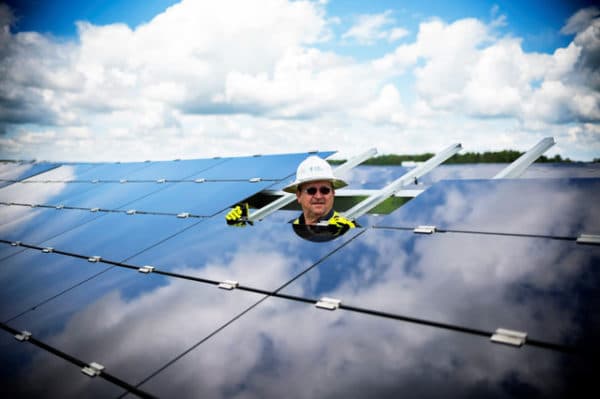
Image: Duke Energy
Residents and small/medium businesses may join its new Clean Energy Connection “community” solar program. Applicants will be randomly selected to become subscribers to solar energy produced by the utility’s PV.
Under the program, customers can subscribe to kilowatt blocks of power, which are charged at $8.35/kW. The utility said a customer with an average usage of 1,000kWh a month could subscribe to about 5kW to cover their energy needs.
The bill credit rate tied to the solar production of a customer’s kW “block” will be $0.04/kWh for the first 36 months of the program, and then starting with the 37th month of continuous enrollment, the bill credit rate increases by 1.5% each year. This bill credit amount varies each month with the actual solar energy produced, meaning customer savings is tied to the successful production of the utility-owned solar facility.
Community solar offers an option to be connected with a carbon-free energy source for those who do not have a suitable roof space for PV. Generally, community solar projects are smaller than utility-scale plants, and are attached at the local distribution level, rather than to large-scale high voltage transmission infrastructure. This program, the Clean Energy Connection, supports the development and construction of Duke Energy Florida-owned solar, said the utility.
“Bringing cleaner resources onto the grid is important to our customers and our company,” said Melissa Seixas, Duke Energy Florida president. “By subscribing to the Clean Energy Connection program and supporting solar sites like this one, our customers are joining a community that is helping drive Florida to a cleaner energy future.”
Up next
The solar tour last stopped in Georgia. Next, we will work our way west across the nation, starting first with 50 states of solar incentives Kentucky edition.
This content is protected by copyright and may not be reused. If you want to cooperate with us and would like to reuse some of our content, please contact: editors@pv-magazine.com.
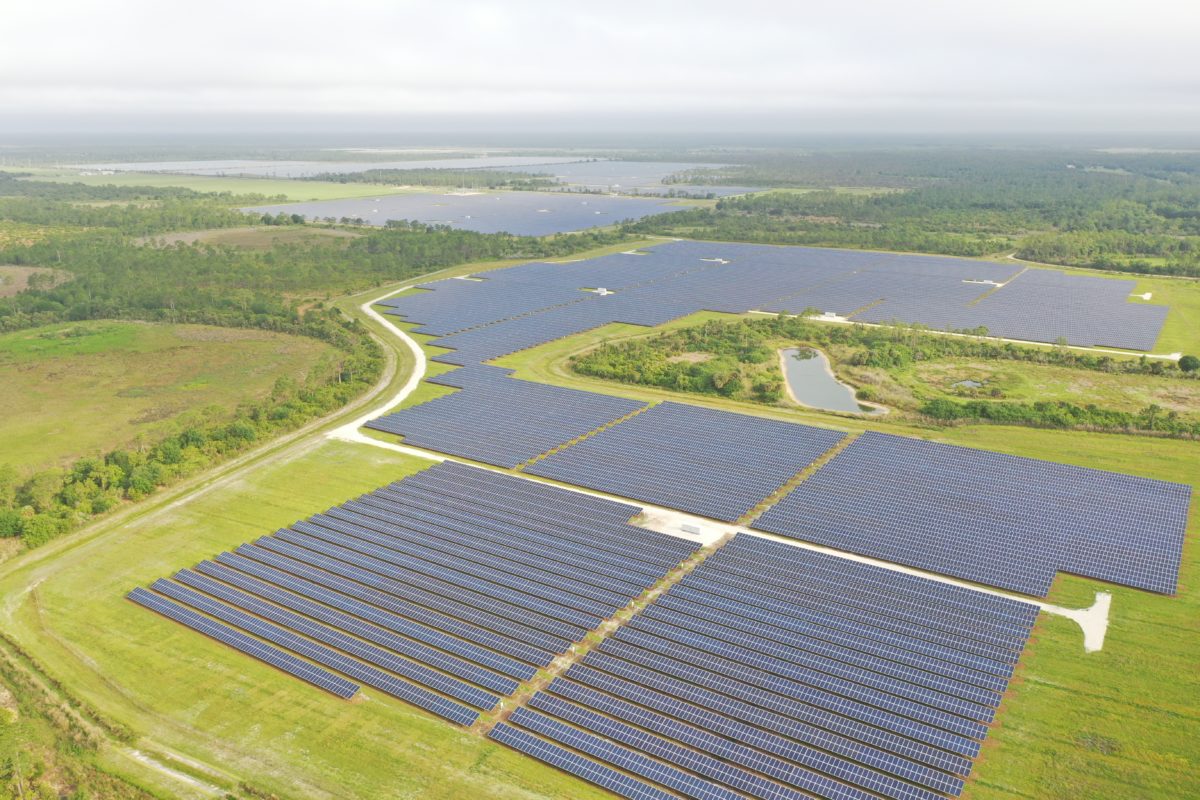
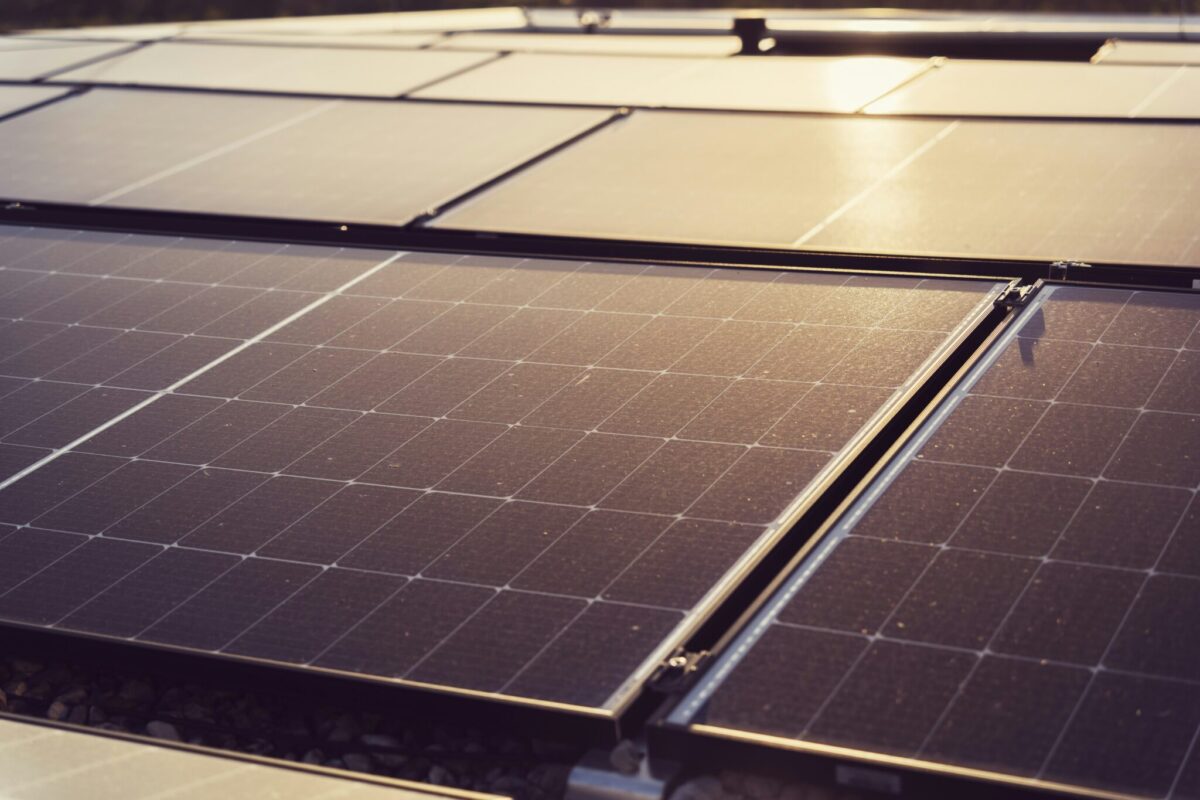


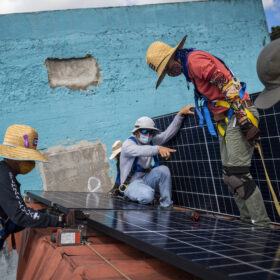
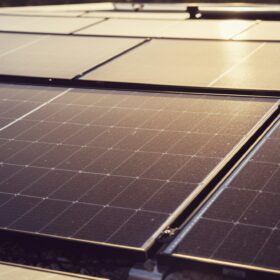

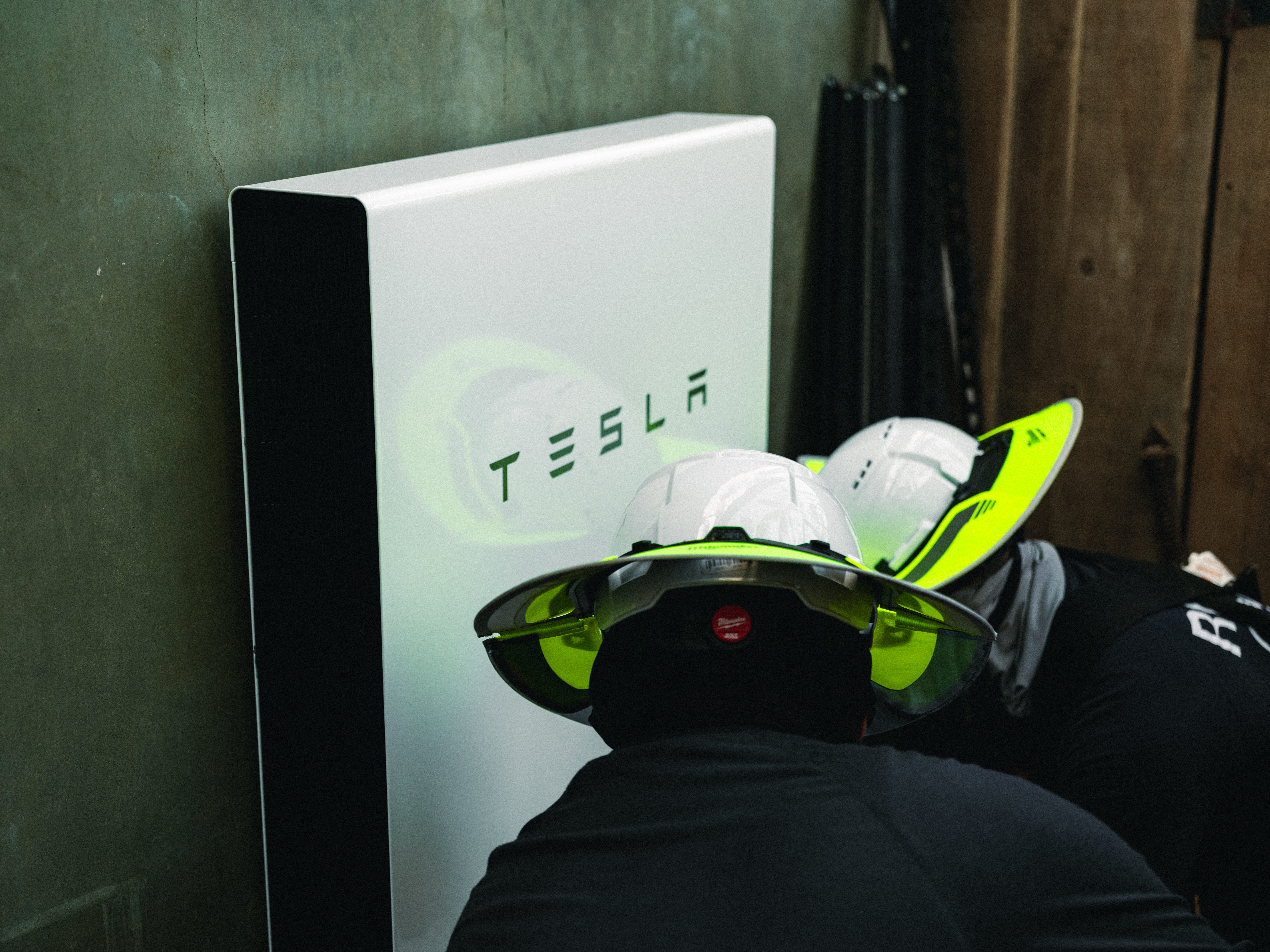

Power co-ops in Florida’s rural areas do not have to abide by state law and can be vehemently anti-solar. One neighbor who installed 8kw grid tie had his power bill increase, in addition to the monthly payments on his system. Another neighbor spent $180,000 on a 24kw system with Powerwalls and still pays hundreds per month on his power bill. Smart installers will have happy customers if they start offering Zero Export, grid augmented systems to which the power companies can’t add fees. Just forget grid tie. It isn’t worth it, even under Duke and FPL.
The only reason DeSantis didn’t sign the bill was 80% of Floridians were for it, and DeSantis wants to get reelected.
Had it not been an election yr, things would be different.